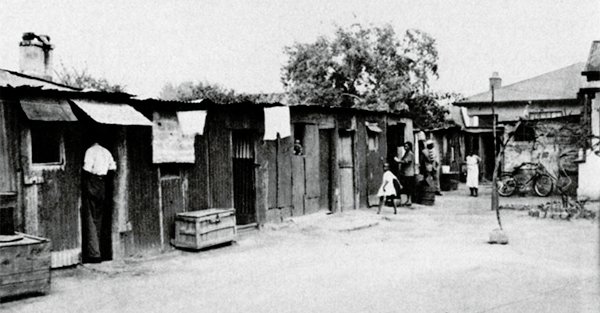On this page, we explain the effects of Group Areas Act on black people of South Africa
The Group Areas Act was one of the cornerstones of apartheid in South Africa. Its effect on black people was profound and multifaceted. This article will explore the impact of the Group Areas Act on black South Africans, breaking it down into three main sections: social segregation, economic challenges, and psychological effects. The South African context will be kept in focus, and the use of examples, theories, and facts will illustrate the topic more vividly.
Effects of Group Areas Act on Black People of South Africa
The Effects of Group Areas Act on Black People of South Africa include social segregation, economic challenges, and psychological trauma. Social segregation was manifested in the division of residential areas along racial lines, forcing black people into underdeveloped townships, as seen in the example of District Six. Economic challenges arose as black South Africans were often placed far from economic opportunities, leading to poverty and unemployment, and making job accessibility a significant struggle. The psychological trauma was a result of not only physical displacement but also a loss of cultural heritage and identity, such as the destruction of Sophiatown. This multifaceted impact reinforced racial inequalities and left a lasting legacy of oppression and marginalisation that continues to be felt in contemporary South Africa.
Introduction to Social Segregation
Apartheid’s Spatial Design
Under the Group Areas Act, South Africa was divided into different areas based on racial lines. This law enforced where individuals could live, work, and socialize, strictly segregating black people from white people and other racial groups.
Example: Forced Relocations
One notorious example is the forced relocation of black communities from vibrant areas like District Six in Cape Town to remote and underdeveloped townships.
Theory: Spatial Segregation
The theory of spatial segregation helps explain how this division not only separated races but created a system where resources and opportunities were disproportionately allocated to white areas, leaving black communities disadvantaged.
Introduction to Economic Challenges
Economic Disempowerment
The Group Areas Act also had severe economic implications for black South Africans. By restricting where black people could live, it often placed them far from economic opportunities, leading to poverty and unemployment.
Example: Job Accessibility
Many black workers had to travel long distances from the segregated townships to their places of work. This travel not only incurred extra costs but also limited job accessibility.
Theory: Economic Marginalisation
The economic impact can be understood through the theory of economic marginalisation, where black communities were systematically excluded from the mainstream economy, limiting their growth and prosperity.
Introduction to Psychological Effects
Emotional and Psychological Trauma
The Group Areas Act did not only result in physical displacement but also caused emotional and psychological trauma to black South Africans. Families were torn apart, and communities were destroyed.
Example: Loss of Cultural Heritage
The destruction of places like Sophiatown, a cultural hub for black South Africans, led to a loss of cultural heritage and identity.
Theory: Psychological Dislocation
The theory of psychological dislocation explains how the forced relocations and segregation led to a sense of alienation, loss of identity, and profound emotional distress.
Conclusion
The Group Areas Act had a lasting and devastating impact on black people in South Africa. Through social segregation, economic challenges, and psychological effects, it reinforced the racial inequalities that characterized the apartheid era. It wasn’t merely a law that dictated where people could live; it was a symbol of systematic oppression and marginalisation.
For high school learners in South Africa, understanding the effect of the Group Areas Act is crucial to grasp the historical injustices that have shaped the nation’s past and continue to influence its present. The lessons from this dark period serve as a reminder of the importance of human rights, dignity, and equality, which should be at the core of a democratic South Africa.

